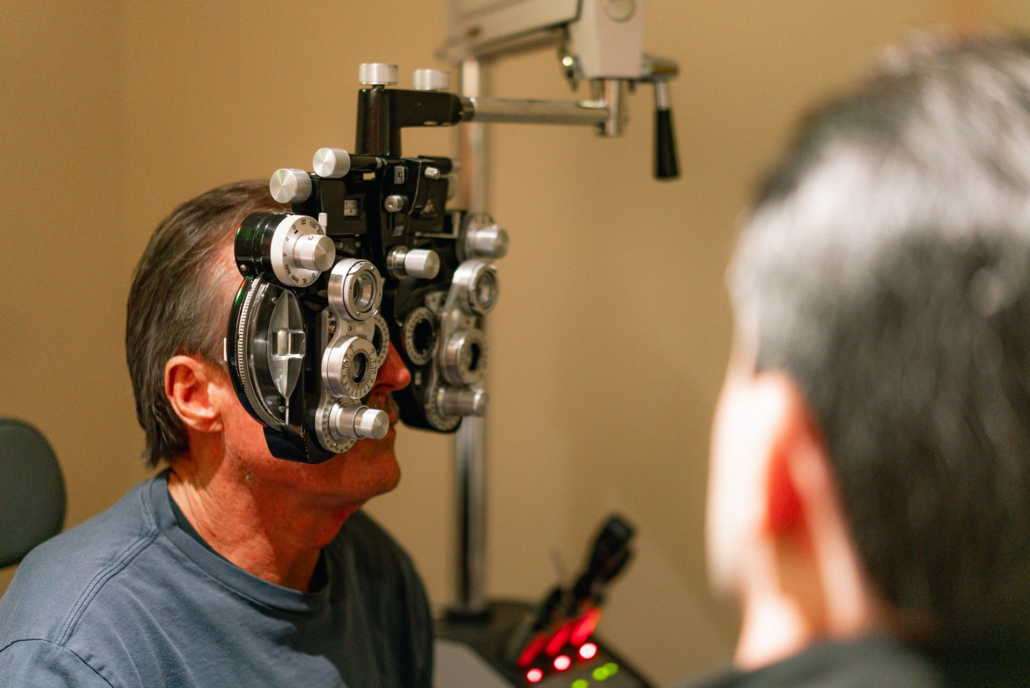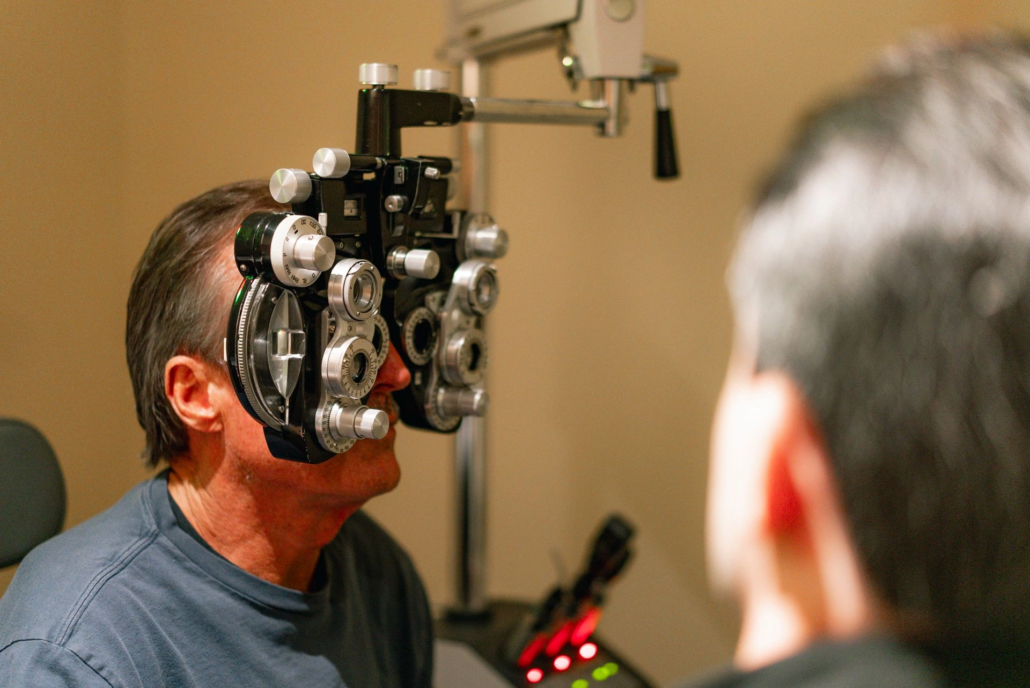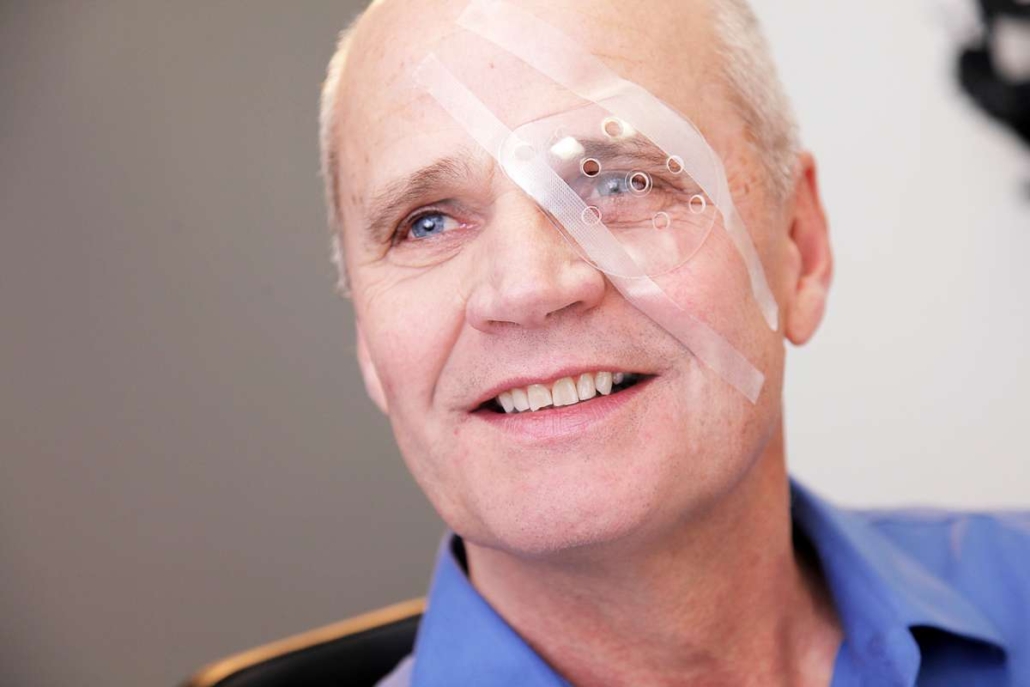Understanding PRK LASEK Surgery and LASIK Eye Surgery Laser
Vision correction procedures have revolutionized the way individuals manage refractive errors such as nearsightedness, farsightedness, and astigmatism. With continued advancements in technology, patients now have access to several surgical options that can provide long-term relief from dependence on glasses or contact lenses. Among these, PRK lasek surgery and lasik eye surgery laser treatments stand out as popular and effective choices.
Each of these procedures is designed to reshape the cornea and improve the way light is focused onto the retina, offering patients a chance at clearer vision. Though both surgeries share similarities, they also have unique techniques and recovery processes, making it important to understand the key differences before making a decision.
This blog explores both PRK lasek surgery and lasik eye surgery laser, highlighting how they work, who they’re best suited for, the benefits they offer, and what patients can expect throughout the process.
Understanding PRK LASEK Surgery

PRK LASEK surgery refers to two closely related procedures: Photorefractive Keratectomy (PRK) and Laser-Assisted Sub-Epithelial Keratectomy (LASEK). Both are surface ablation techniques used to correct refractive errors by reshaping the cornea using an excimer laser.
The PRK Procedure
During PRK, the outer layer of the cornea (epithelium) is gently removed to expose the underlying stromal layer. A laser is then applied to reshape the cornea to the desired curvature, correcting the patient’s vision. The epithelium does not get replaced but instead grows back naturally during the healing process.
The LASEK Procedure
LASEK is similar to PRK but involves loosening the epithelium using an alcohol solution rather than removing it entirely. The epithelium is then repositioned over the treated area after laser application. This approach can result in slightly faster healing compared to traditional PRK.
Advantages of PRK LASEK Surgery
PRK LASEK surgery offers several advantages, particularly for patients who may not qualify for other refractive surgeries:
- Ideal for individuals with thin corneas
- Reduced risk of flap-related complications
- Fewer dry eye symptoms post-surgery
- Suitable for patients with active lifestyles or contact sports
Because the corneal flap is not created, these procedures are often recommended for people with corneal concerns or those in professions where eye trauma is a risk.
Who is a Candidate for PRK LASEK Surgery?

Patients who may benefit from PRK LASEK surgery include:
- Individuals with thin or irregular corneas
- Those who have been deemed ineligible for LASIK
- Patients with stable vision for at least one year
- Individuals looking for a flap-free laser surgery option
An ophthalmic evaluation, including corneal topography, thickness measurement, and overall eye health assessment, is essential before determining eligibility.
Recovery After PRK LASEK Surgery

The recovery period for PRK LASEK surgery is typically longer than for LASIK. Since the epithelial layer needs time to regenerate, patients may experience discomfort, blurred vision, and light sensitivity for a few days. Full visual clarity may take several weeks to months.
Post-operative care includes:
- Use of medicated eye drops to promote healing
- Protective contact lenses for several days
- Avoiding rubbing or touching the eyes
- Regular follow-up visits to monitor progress
Despite the longer recovery, the long-term visual outcomes are comparable to other refractive surgeries.
Understanding LASIK Eye Surgery Laser

LASIK eye surgery laser is perhaps the most recognized and widely performed vision correction surgery worldwide. LASIK (Laser-Assisted In Situ Keratomileusis) reshapes the cornea using a two-step process that involves creating a flap and then applying laser correction underneath.
How It Works
The procedure begins with the creation of a thin corneal flap using either a microkeratome blade or a femtosecond laser. This flap is lifted to expose the underlying corneal tissue, which is then reshaped using an excimer laser. After the laser application, the flap is repositioned and naturally adheres without the need for sutures.
Benefits of LASIK Eye Surgery Laser
Patients often choose lasik eye surgery laser due to its fast results and minimal discomfort. Some of the key advantages include:
- Rapid visual recovery (often within 24 to 48 hours)
- Minimal downtime and discomfort
- Long-lasting vision correction
- High precision with modern laser technology
It is especially popular among individuals who desire quick improvement in vision and want to reduce their reliance on glasses or contact lenses.
Ideal Candidates for LASIK
Not everyone is a candidate for lasik eye surgery laser. Ideal candidates typically include:
- Adults over the age of 18 with stable vision
- Individuals with adequate corneal thickness
- Patients free from eye infections, injuries, or dry eye disease
- Those without autoimmune disorders that affect healing
An initial consultation with a qualified eye surgeon is crucial for determining whether LASIK is the right choice based on eye structure and visual needs.
LASIK vs. PRK LASEK Surgery: A Comparison
While both prk lasek surgery and lasik eye surgery laser offer effective vision correction, the best procedure depends on individual factors such as corneal thickness, lifestyle, and medical history.
| Feature | PRK LASEK Surgery | LASIK Eye Surgery Laser |
| Corneal Flap | No | Yes |
| Ideal For | Thin corneas, active lifestyles | Quick recovery seekers |
| Visual Recovery Time | Slower (weeks) | Fast (1–2 days) |
| Discomfort Post-Surgery | Moderate | Mild |
| Long-Term Results | Excellent | Excellent |
| Risk of Flap Complications | None | Low (with experienced surgeon) |
Each method is safe and effective when performed by a skilled professional and followed by proper post-operative care.
Managing Expectations and Long-Term Vision
While both procedures are highly successful, patient expectations must be realistic. Some individuals may still require glasses for reading or driving at night, especially as they age. Both prk lasek surgery and lasik eye surgery laser may also lead to temporary side effects such as glare, halos, or dry eyes, which typically diminish over time.
Periodic eye exams after surgery are essential to monitor vision health and ensure lasting outcomes. For some, enhancement procedures may be recommended if vision regresses over time.
Choosing the Right Procedure for You
The decision between prk lasek surgery and lasik eye surgery laser should be made with input from an experienced ophthalmologist. A thorough pre-surgical evaluation that includes corneal measurements, tear production tests, and lifestyle assessments will help determine the most suitable approach.
Factors to consider include:
- Corneal thickness and shape
- Daily activities and hobbies
- Sensitivity to dry eyes
- Healing time expectations
- Personal comfort with flap vs. no-flap procedures
Being well-informed about the pros and cons of each method empowers patients to make confident choices for their visual future.
Conclusion
Modern vision correction procedures continue to offer life-changing results for those with refractive errors. Both prk lasek surgery and lasik eye surgery laser are safe, effective, and proven methods to reduce or eliminate the need for corrective lenses. Choosing between them depends on individual eye characteristics and lifestyle needs.
For personalized guidance and expert care, patients can trust the specialists at Clear View Eyes. With comprehensive evaluations and tailored treatment plans, Clear View Eyes ensures every patient receives the highest level of vision correction and support.



Leave a Reply
Want to join the discussion?Feel free to contribute!